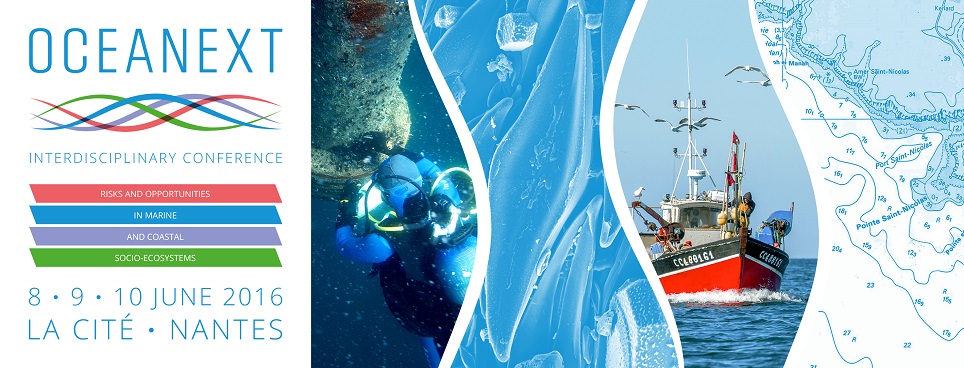Lahdensivu presented in his Doctoral Thesis (Durability Properties and Actual Deterioration of Finnish Concrete Facades and Balconies, 2012) that without proper air-entrainment outdoor concrete structures have needed average of 307 freeze-thaw cycles (threshold value: t ≤ -5 °C) after a rain event in southern Finland and 388 cycles in inland for incipient freeze-thaw damage to occur. The difference between figures can be explained by the greater amount of wind-driven rain (WDR) before the freeze-thaw cycle on coastal areas.
As a consequence of climate change it has been shown that by the end of the century, the amount of WDR is going to increase 30 % at southern Finland and 40 % at inland. At the same time the amount of freeze-thaw cycles after a rain event are decreasing significantly at both locations which indicates freeze-thaw durability-wise longer service life for outdoor concrete structures. However, the latest studies show that while the amount of freeze-thaw cycles is decreasing, the amount of WDR before the cycles is also increasing significantly.
The WDR at winter time in Finland is highly orientated on west to south-east directions which can be seen also by the degradation rate observations of concrete facades and balconies based on condition assessments. In this study, the changes at WDR before the freeze-thaw events and the effect of climate change on them depending on the structure orientation are calculated to estimate the changes of climatic stress level on outdoor concrete structures.

 PDF version
PDF version
